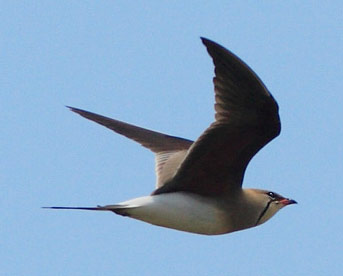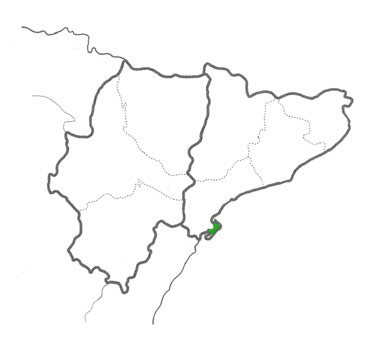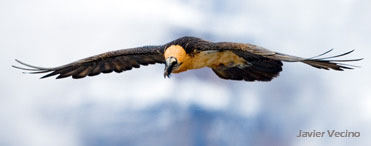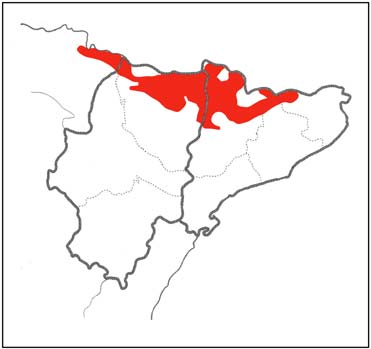CATALUNYA, NORTH EASTERN SPAIN – End of March, 2008.
It’s moonscape scenery – as dry and arid as one can imagine with stunted bare branched shrubs hugging the ground either side of the dust track road. There’s a flicker of movement and a triumphant, muted call from Steve who’s pointing vigorously. We’ve found the Spectacled Warbler, although it’s determined not to make too easy viewing.
We are in the driest part of Spain, north of Candasnos and we’ve gone into western Aragon, (Eagle Owl territory according to Steve) but the real surprise lies only a short distance away. Suddenly we drive into an irrigated field on the edge of the plateau, and the colour tableau changes from grey and brown to lush green and colours of spring flowers; on either side of the road a flock of Yellow Wagtails flicked their tails and showed off their brilliant colour, between 20 & 30 of them. What a contrast!
Earlier in the day in the drylands, we’d spent minutes watching both Black-bellied and Pin-tailed Sandgrouse after disturbing a young Bonelli’s Eagle from the ground.
If your birding is a part of exploring varied scenery (& therefore habitats), then NE Catalunya with its plains, drylands, & the lower ranges of the Pyrenees is a place to visit. The contrast is complete with a half day spent in the Montrebei Gorge which is a well trodden pass through the Montsec mountain range – fast running river, steep wooded cliffs with flowers, butterflies and our objective, the Wallcreeper. En route we encounter Cirl Buntings, Rock Buntings and numerous Black Redstarts on their migration. Exactly on cue and deep in the gorge, a Wallcreeper displays for us on rocks opposite a convenient bench while we enjoy our sandwiches.
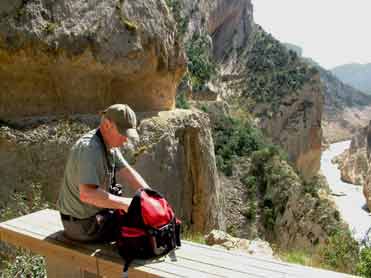
Three days of great birding guided by Steve achieving over one hundred species, that was real holiday. (It did start to rain just as we arrived back at Lleida railway station to catch the Ave back to Barcelona – good timing!). I must mention the Great Spotted Cuckoos if only because the guru taught us that they parasitize on Magpies – what a useful bird – and the flock of Little Bustards who clearly quite enjoy posing for Steve’s clients. I suspect that some of the quieter winter period may have been devoted to a little training!
Go to northern Catalunya in the spring migration season; if you don’t know the region already you’ll get some surprises. Thanks Steve.
Rupert Ormerod
Exmouth,
Devon.

